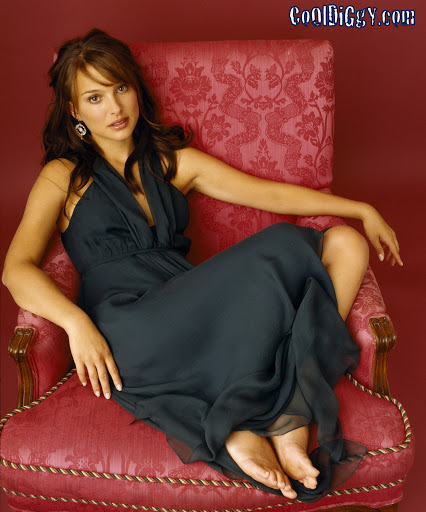For African-American women, their naturally kinky or nappy hair was looked down on. Many women had their hair chemically straightened, or relaxed, while African-American men kept their hair short. 1950s hairstyles for African Americans reflected the popular styles of the day, with the limitations that came with relaxed hair.
As the 1950s progressed, women's hairstyles grew in volume, and stylized waves waned in favor of larger hairstyles, like beehives. These required hairspray and blow-drying to maintain their volume.
Debbie Reynolds in I Love Melvin. In the 1950s, curly hair was in fashion.The 1950s saw the invention of the hair dryer. Unlike the hand-held hairdryers of today, a 1950s hair dryer was a large cap, attached by a large tube to a heater. The cap went over the head; when the heater was plugged in and turned on, heat went through the tube and into the cap. This was, essentially, a home version of the big, conical hairdryers you would see at a salon.
Handheld hairdryers, and curling tongs, became more popular in the late 1950s. Handheld hairdryers offered less precision for the average user, but could make the hair higher and bigger.
For men, electrical shavers also grew more popular in the 1950s. Men started shaving themselves instead of going to the barbershop; this also allowed their hair to become even shorter in the back, leading to the iconic "flat-top" hairstyle of a very short back with longer hair on the crown of the head.
1950s hairstyles for men were limited to the flat-top or pomaded hair combed away from the forehead. Adventurous young men would go for a pompadour or a quiff, a combination flat-top and pompadour haircut. The D.A. (duck's ass) haircut was popular among young men, though it was frowned upon by more traditional members of the community.
Both men and women wore short hair. Due to the high maintenance of the curled look, many women with straight hair kept their hair at jaw or shoulder-length. As far as I know, it was very rare to see grown men with mop tops, or "bowl cuts," during the 1950s. Even young boys imitated their elders with short hair.
Article Source: http://EzineArticles.com/?expert=Rhonda_Miles



